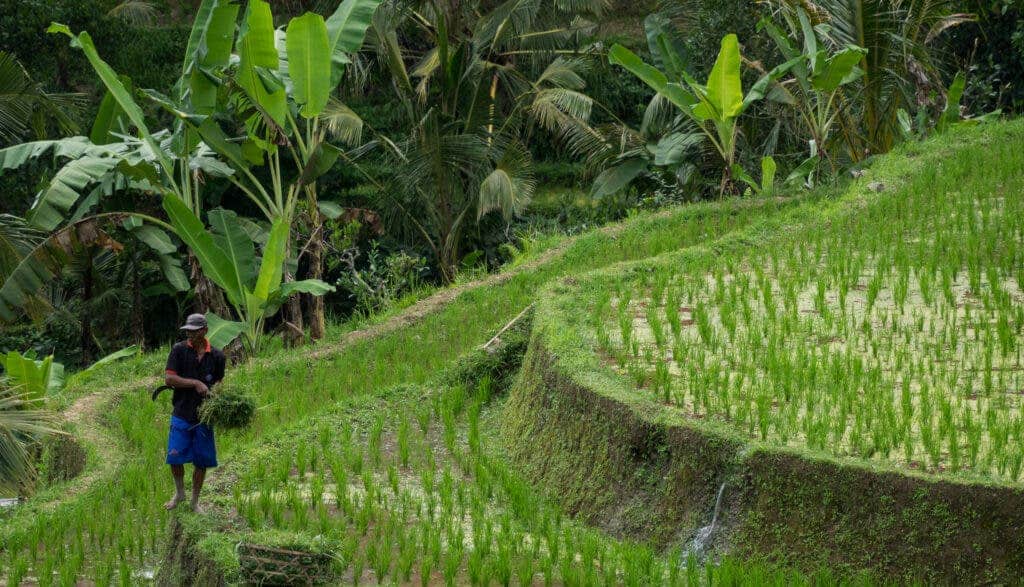Current agricultural support policies are destroying nature, affecting people’s health, and worsening the climate crisis, according to a new report. The same report argues that the money would be well spent in other areas, improving the world’s food systems and the environment.

Food producers receive $540 billion from governments every year to support their activities, according to a United Nations report. Almost 90% of those subsidies are “price distorting and environmentally and socially harmful,” with beef and milk, the biggest source of greenhouse gas emissions, receiving most of the funding.
“This report is a wake-up call for governments around the world to rethink agricultural support schemes to make them fit for purpose to transform our agri-food systems and contribute to the four betters: better nutrition, better production, better environment and a better life,” Qu Dongyu, head of the UN Food and Agriculture Organization (FAO), said in a statement.
Previous studies have warned about the many challenges faced by the global food system, with millions experiencing chronic hunger while others are obese and overweight. Meanwhile, a third of the food produced every year is wasted, which amounts to more than one billion tons. The system is essentially broken, the researchers explain.
Between 2013 and 2018, support to agricultural producers averaged almost $540 billion per year, representing around 15% of total agricultural production value, the UN found. Of this, about $294 billion was provided in the form of price incentives and around $245 billion as fiscal subsidies to farmers, the majority tied to the production of a specific commodity.
Price incentives and fiscal subsidies have many negative implications on food systems, according to the report. They boost practices and behaviors that are harmful to the health, sustainability, equity, and efficiency of food systems. Price incentives can distort food trade and production, while subsidies can lead to the promotion of monoculture, for example.
Unhealthy products (like sugar) and emission-intensive commodities (such as beef and dairy) receive the most support worldwide, despite the potentially negative impacts on health as well as on the environment. The repercussions on climate are especially relevant for rich countries, as they consume more dairy and beef per capita than poor countries, the UN said.
“Agriculture contributes a quarter of greenhouse gas emissions, 70% of biodiversity loss and 80% of deforestation, Joy Kim from the UN Development Program said in a statement. “International finance pledges for climate change are $100bn a year but governments are providing $470bn in farm support that has a huge damaging impact on climate and nature.”
The road ahead
Farmers will be getting more money in the coming years. Global support to farmers is projected to increase to almost $1.8 trillion in 2030 under a business-as-usual scenario. About 73% of this (USD 1.3 trillion) would be in the form of border measures, which affect trade and domestic market prices. The rest would be fiscal subsidies.
Simply removing agricultural support can have important adverse trade-offs. Eliminating all forms of agricultural support by 2030 without repurposing them would reduce emissions by 78.4 million tons of CO2 equivalent. This would also cause a decline in crop production, livestock farming, and farm employment of 1.3%, 0.2%, and 1.27%, respectively.
That’s why the UN wants to repurpose rather than eliminate agricultural subsidies. Any fiscal savings from support reduction should be repurposed towards healthier, more sustainable, equitable, and efficient ways of supporting agriculture. This includes measures to mitigate negative short-term impacts, such as cash transfer schemes.
While there’s no one-size-fits-all optimal repurposing strategy, the report includes a guide for governments to create their own repurposing strategy. This includes estimating the amount of support, identifying its impact, designing the approach for repurposing, estimating the impact of that strategy, reviewing it before implementation, and monitoring the outcomes.
“The transformation to healthier, more sustainable, equitable and efficient food systems needs to be accelerated if we are to meet the SDGs. While a few countries have started repurposing and reforming their agricultural support, broader, deeper and faster reforms are needed for food systems transformation,” the report reads.
The full report can be accessed here.









